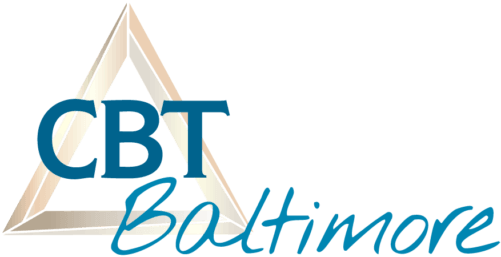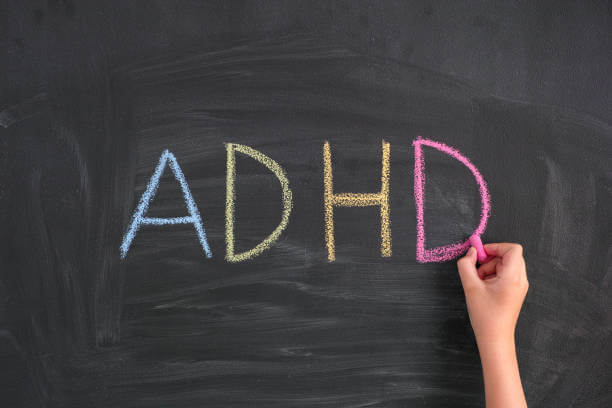In the realm of mental health and neurodevelopmental disorders, ADHD, or Attention-Deficit/Hyperactivity Disorder, is one of the most frequently discussed topics. While commonly associated with children and classroom settings, ADHD affects people of all ages and walks of life. With this article, CBT Baltimore unpacks the nuances of ADHD, shedding light on its symptoms, causes, and potential treatments.
Understanding ADHD: A Brief Overview
ADHD is a neurodevelopmental disorder, predominantly diagnosed in childhood, and can be presented in adulthood for many individuals. It’s characterized by patterns of inattention, impulsivity, and hyperactivity that interfere with daily functioning and development.
There are three primary types of ADHD:
- Inattentive Type (formerly known as ADD): This form is characterized by forgetfulness, difficulty staying organized, overlooking details, and being easily distracted.
- Hyperactive-Impulsive Type: Individuals with this subtype often fidget, interrupt others, make impulsive decisions, and find it challenging to remain seated or quiet.
- Combined Type: As the name suggests, this is a combination of inattentive and hyperactive-impulsive symptoms.
What Causes ADHD?
While the exact cause of ADHD remains undetermined, a combination of factors are believed to play a role:
- Genetics: ADHD often runs in families, suggesting a genetic predisposition.
- Brain structure and function: Various studies have indicated differences in the brain’s structure and neurotransmitter activity in individuals with ADHD.
- Environmental factors: Exposure to certain environmental agents, like lead, during pregnancy or at a young age might increase the risk.
- Prenatal factors: Use of drugs, alcohol, or smoking during pregnancy can increase the risk of ADHD in offspring.
Symptoms of ADHD
ADHD’s symptoms can be categorized based on the subtypes:
- Inattentive Symptoms: Includes being forgetful in daily activities, difficulty sustaining attention in tasks that aren’t of interest, avoiding tasks that require mental effort, and frequently losing essential items.
- Hyperactive-Impulsive Symptoms: Manifests as frequent fidgeting, difficulty to play quietly, excessive talking, interrupting others, and difficulty waiting one’s turn.
Treatment of ADHD
ADHD is typically managed, not cured. Common treatments include:
- Medication: Stimulant and non-stimulant medications can help balance neurotransmitters in the brain, improving symptoms.
- Behavioral Therapy: CBT and other behavioral therapies help patients develop coping mechanisms and strategies for managing their symptoms.
- Lifestyle changes: Regular exercise, a balanced diet, and adequate sleep can contribute to symptom reduction.
- Parenting and teacher strategies: Providing a structured environment and setting clear expectations can be beneficial for children with ADHD.
In Conclusion
ADHD is a multifaceted disorder with a spectrum of symptoms that can vary from person to person. Early diagnosis and intervention can pave the way for a balanced and fulfilling life. If you or a loved one exhibit signs of ADHD, seeking guidance from professionals like those at CBT Baltimore can make a world of difference.
For more insights into mental health, keep following our blog or contact us to schedule an appointment with our experienced therapists.

